Toluene reacts with excess of CI2 in presence of sunlight to give a product which on hydrolysis followed by reaction with NaOH gives .
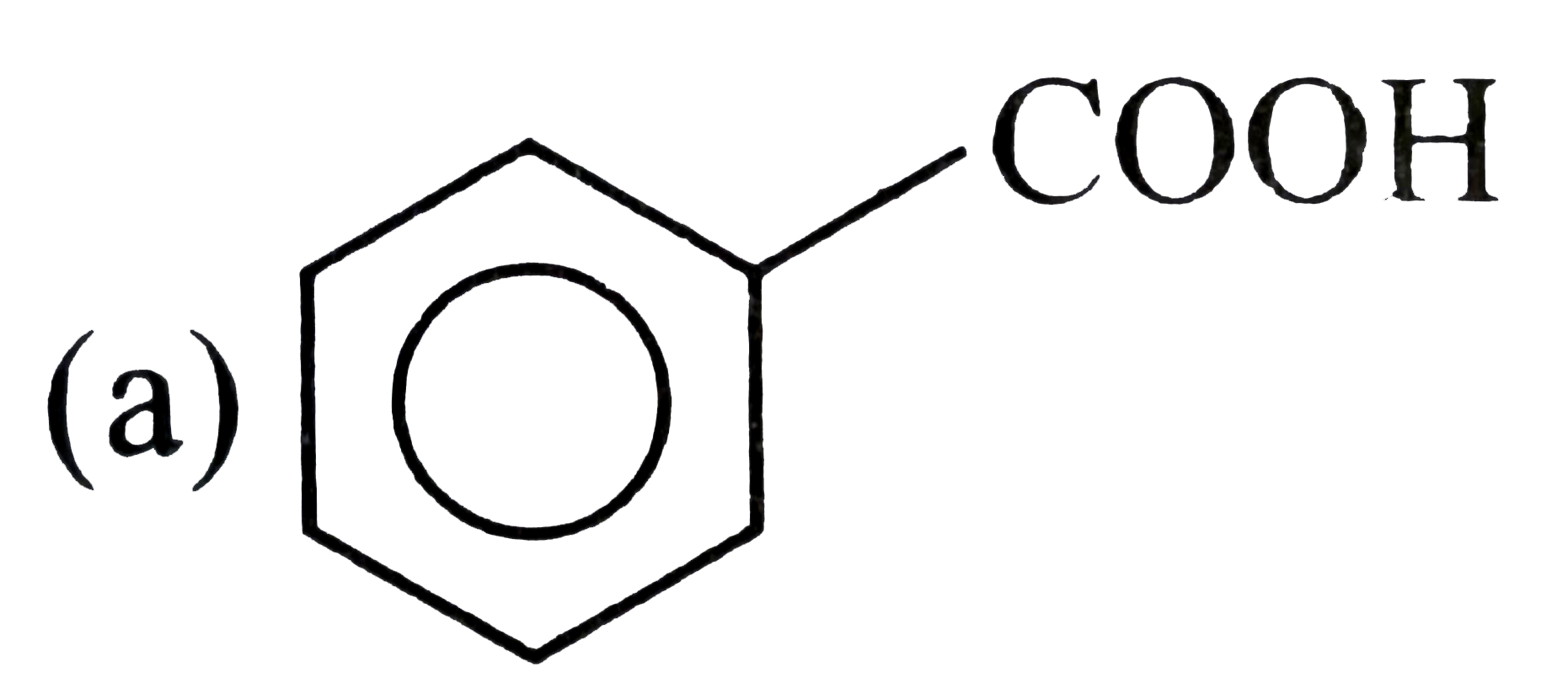 .
.
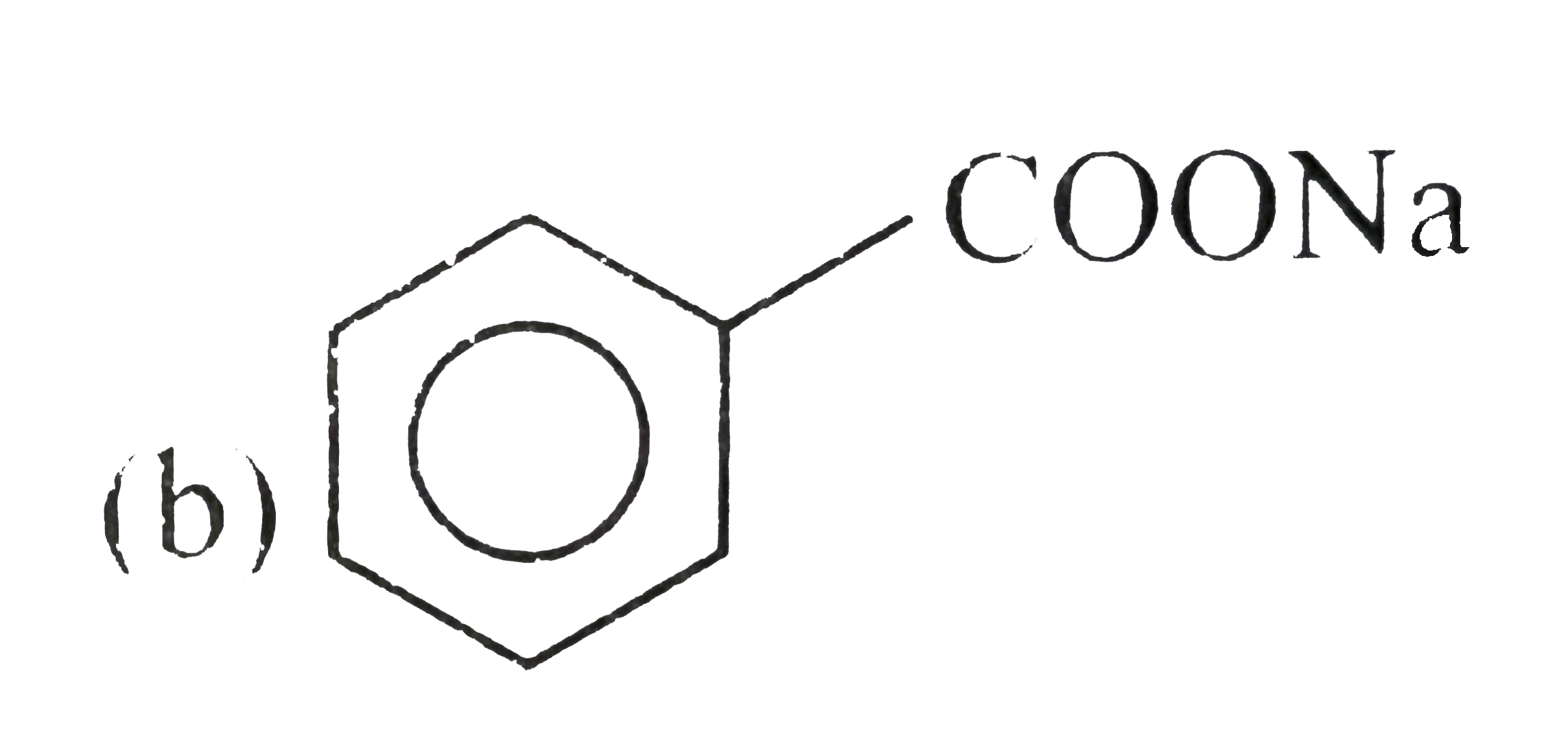 .
.
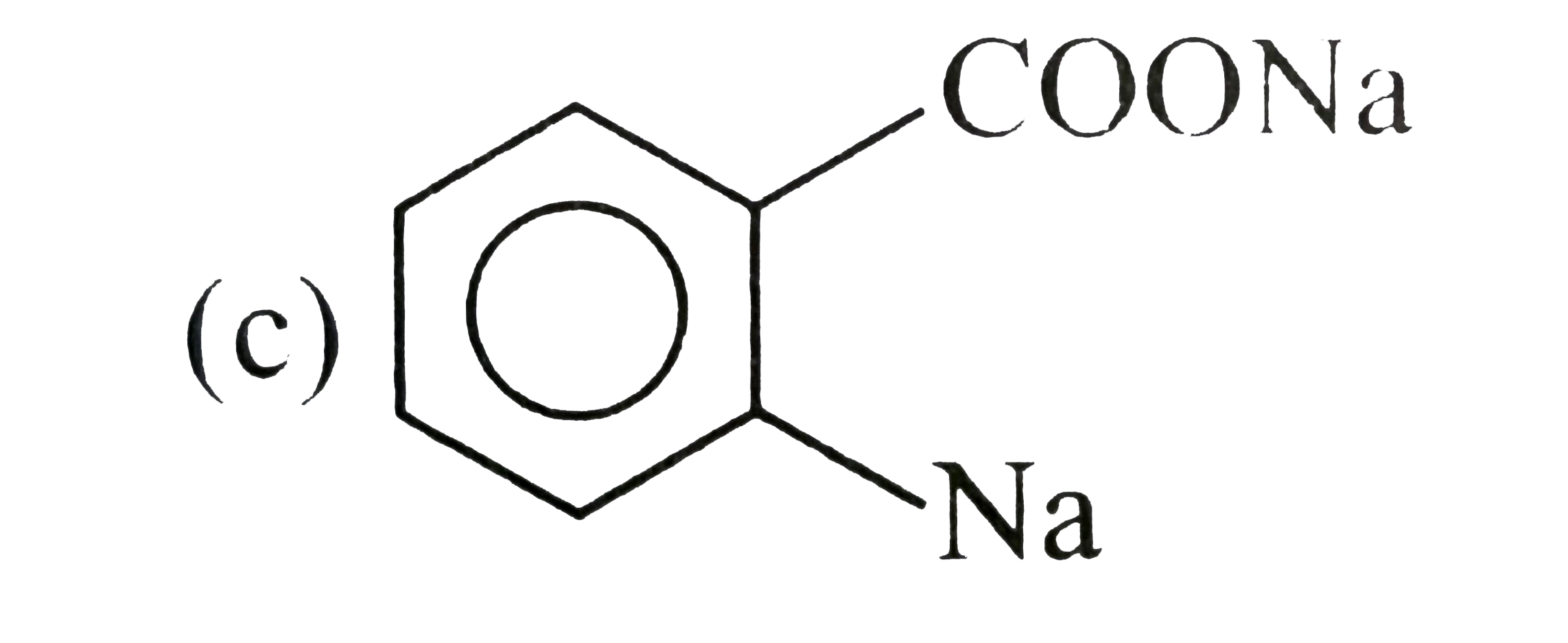 .
.
None of these
The correct Answer is:B
To solve the problem step by step, we will analyze the reaction of toluene with chlorine in the presence of sunlight, followed by hydrolysis and reaction with sodium hydroxide (NaOH).
Step 1: Identify the Reactants
The reactant is toluene, which has the structure of a benzene ring with a methyl group (−CH₃) attached to it.
Step 2: Reaction of Toluene with Chlorine
When toluene reacts with excess chlorine (Cl₂) in the presence of sunlight, a substitution reaction occurs. The chlorine replaces hydrogen atoms on the toluene molecule. The reaction can be summarized as follows:
1. First Chlorination:
C6H5CH3+Cl2sunlight−−−−→C6H4ClCH3+HCl
This results in the formation of chlorotoluene (C₆H₄ClCH₃).
2. Further Chlorination:
Continuing the chlorination process, we can replace more hydrogen atoms:
C6H4ClCH3+Cl2sunlight−−−−→C6H3Cl2CH3+HCl
This can continue until all hydrogen atoms on the methyl group are replaced, leading to trichloromethylbenzene (C₆H₂Cl₃CH₃ or CCl₃).
Step 3: Hydrolysis of the Chlorinated Product
The chlorinated product can be hydrolyzed. The reaction with water (hydrolysis) will replace the chlorine atoms with hydroxyl groups (−OH):
C6H3Cl3CH3+H2O→C6H3(OH)3CH3+HCl
Step 4: Reaction with Sodium Hydroxide (NaOH)
When the hydrolyzed product is treated with sodium hydroxide (NaOH), it leads to the formation of sodium salts of the corresponding acids. The hydroxyl groups can further react with NaOH:
C6H3(OH)3CH3+3NaOH→C6H3(O−Na)3CH3+3H2O
Step 5: Formation of Benzoic Acid
The unstable product formed can lose water (dehydration) to yield benzoic acid (C₆H₅COOH):
C6H3(OH)3CH3→C6H5COOH+H2O
Final Product
The final product formed after these reactions is sodium benzoate (the sodium salt of benzoic acid).
Summary of the Reaction Steps:
1. Toluene reacts with Cl₂ in sunlight to form chlorinated toluene.
2. Hydrolysis of chlorinated toluene replaces Cl with OH groups.
3. Reaction with NaOH forms sodium salts.
4. Dehydration leads to the formation of benzoic acid.
The reactant is toluene, which has the structure of a benzene ring with a methyl group (−CH₃) attached to it.
When toluene reacts with excess chlorine (Cl₂) in the presence of sunlight, a substitution reaction occurs. The chlorine replaces hydrogen atoms on the toluene molecule. The reaction can be summarized as follows:
C6H5CH3+Cl2sunlight−−−−→C6H4ClCH3+HCl
This results in the formation of chlorotoluene (C₆H₄ClCH₃).
Continuing the chlorination process, we can replace more hydrogen atoms:
C6H4ClCH3+Cl2sunlight−−−−→C6H3Cl2CH3+HCl
This can continue until all hydrogen atoms on the methyl group are replaced, leading to trichloromethylbenzene (C₆H₂Cl₃CH₃ or CCl₃).
The chlorinated product can be hydrolyzed. The reaction with water (hydrolysis) will replace the chlorine atoms with hydroxyl groups (−OH):
When the hydrolyzed product is treated with sodium hydroxide (NaOH), it leads to the formation of sodium salts of the corresponding acids. The hydroxyl groups can further react with NaOH:
The unstable product formed can lose water (dehydration) to yield benzoic acid (C₆H₅COOH):
The final product formed after these reactions is sodium benzoate (the sodium salt of benzoic acid).
1. Toluene reacts with Cl₂ in sunlight to form chlorinated toluene.
2. Hydrolysis of chlorinated toluene replaces Cl with OH groups.
3. Reaction with NaOH forms sodium salts.
4. Dehydration leads to the formation of benzoic acid.
Topper's Solved these Questions
- BOOK - A2ZCHAPTER - ORGANIC COMPOUNDS CONTAINING HALOGENSEXERCISE - Chemical Properties Of Haloarenes31videos
ORGANIC COMPOUNDS CONTAINING HALOGENS
- BOOK - A2ZCHAPTER - ORGANIC COMPOUNDS CONTAINING HALOGENSEXERCISE - Section B - Assertion Reasoning16videos
ORGANIC COMPOUNDS CONTAINING HALOGENS
- BOOK - A2ZCHAPTER - ORGANIC COMPOUNDS CONTAINING HALOGENSEXERCISE - Elimination Reaction And Polyhalogen Compounds67videos
ORGANIC COMPOUNDS CONTAINING HALOGENS
- BOOK - A2ZCHAPTER - MOCK TESTEXERCISE - Mock Test 245videos
MOCK TEST
- BOOK - A2ZCHAPTER - ORGANIC COMPOUNDS CONTAINING NITROGENEXERCISE - Section D - Chapter End Test30videos
ORGANIC COMPOUNDS CONTAINING NITROGEN
Similar Questions
Knowledge Check
- Question 1 - Select One
Toluene reacts with excess of CI2 in presence of sunlight to give a product which on hydrolysis followed by reaction with NaOH gives .
A B
B C
C Dnone of these
Dnone of these - Question 2 - Select One
Toluene reacts with excess of Cl2 in the presence of sunlight to give a product which on hydrolysis followed by the reaction with NaOH gives
A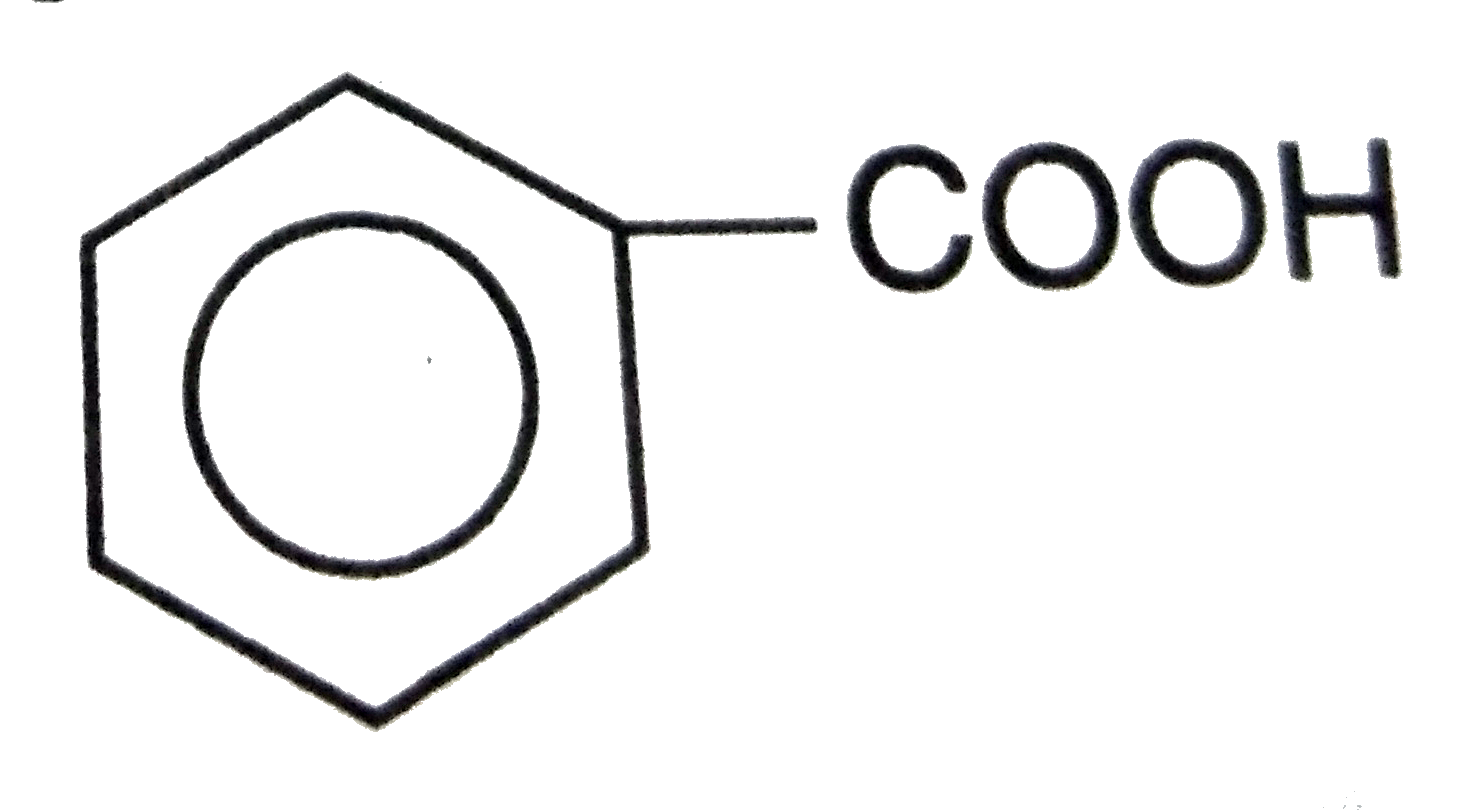 B
B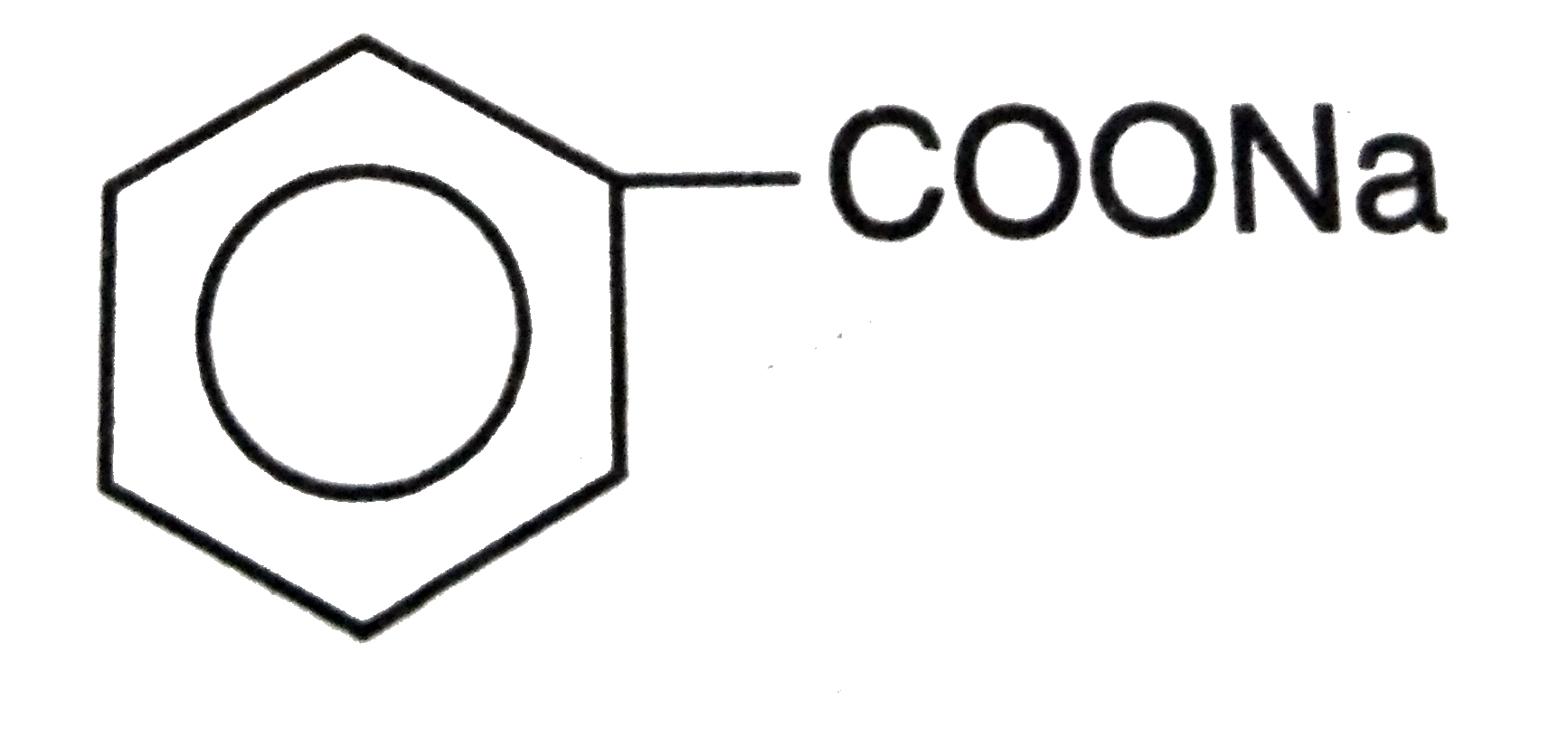 C
C DNone of these
DNone of these - Question 3 - Select One
Toluene reacts with excess of Cl, in the presence of sunlight to give a product which on hydrolysis followed by reaction with NaOH gives
A B
B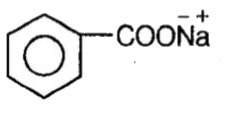 C
C D
D
Phenol reacts with CCI4 is presence of aqueneous alkali and forms a product which on hydrolysis gives
View SolutionWhen diethyl ehter is treated with excess of CI2 in the presence of sunlight, the product formed is :
View SolutionToluene reacts with chlorine in the presence of light to give
View SolutionOn treatment with chlorine in presence of sunlight toluene giv. Es the product .
View SolutionMethane reacts with excess of chlorine in diffused sunlight to give the final product as
View Solution

